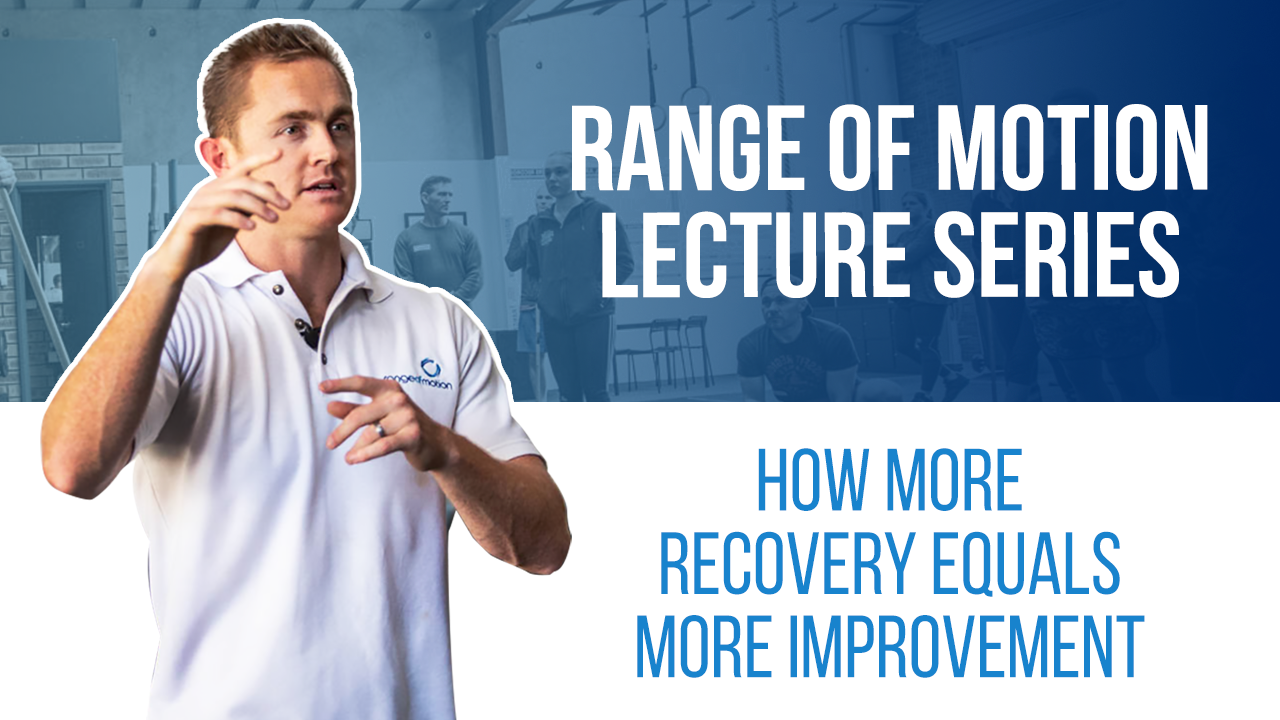Transcribed from video:
– We exercise, we train. We apply a stimulus to our body. We then repair our body and there’s then a response. And most people go stimulus, response, but that’s not the case. It’s not stimulus, response. There’s a period in the middle of repair, of adapting to the stimulus that we placed on our body. Each of these black dots is a training session. Assuming that these athletes are both recovering sufficiently, which athlete is going to improve the most physically? The one who’s done three sessions in this amount of time, or the one who’s done six sessions in this amount of time?
– [Audience] Six.
– Six, yeah it’s not a trick question. If you can do more sessions in the same amount of time, and again we have this law of marginal gains, where too much you eventually overtrain and stuff. But if you can do six sessions and you’re still fully recovered, you’ll get maybe not %100 more benefit, maybe not double, but you will get more benefit than someone who’s doing three sessions. So what this module is all about is, how can we push these dots closer together? How can we maximise our recovery, to therefore train more to therefore improve more? That’s what we’re talking about.





